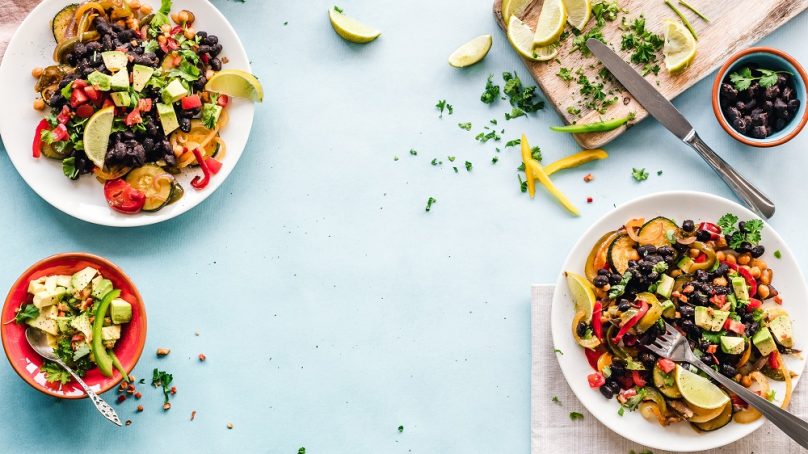
According to Bourquin-Queva, some of these trends respond to the general shifts in consumer behavior, whereas some others have accelerated due to the COVID-19 pandemic.
Consumers taking an activist approach
More than ever, consumers are turning to companies that champion sustainable practices to feel a part of the “movement.” Constant pressure by consumers is being put on the industry to engage in practices that support local producers, promote zero waste and the use of regenerative production methods.
Non-alcoholic and low-alcohol beverages
The year 2020 saw a rise in brands releasing low-alcohol or alcohol-free beverages and spirits to allow customers the feeling of indulgence without paying the physical and mental price. Therefore, we expect to see more carefully curated and exciting mocktail lists rather than the standard sodas and juices that are more commonly offered.
Foods promoting good health
Consumers have always picked their foods primarily on the look, taste or smell. Increasingly, consumers are selecting foods that play a role in reducing the risk of disease and promote good health, especially when eating for convenience. This has been evident in the increasing popularity of various plant-based milks, probiotics and raw foods.
Cross-cultural and hyper-regional cuisines
To offer regular diners something different, restaurateurs will be looking for alternatives to traditional cuisines by offering cross-cultural fusions like Mexican and Southeast Asian fusion and Chinese-Peruvian. Chefs are also reaching to hyper-regional cuisine to alleviate consumer boredom, breaking regional foods up into micro-regions, which has been very popular with Indian and South American cuisine in Europe.
Home delivery
COVID-19 has required more restaurants and cafés to adapt and broaden their operating model by introducing delivery, takeaway and home-cooking kits. Consumers now expect anything and everything to be delivered to their doorstep at their preferred time. The introduction of high-end restaurants to the delivery scene has also increased the quality of the home-dining experience, bringing easy-to-follow techniques into domestic kitchens.















